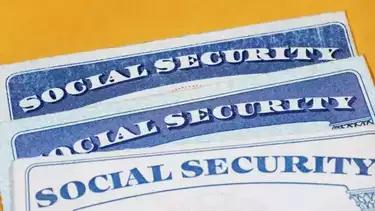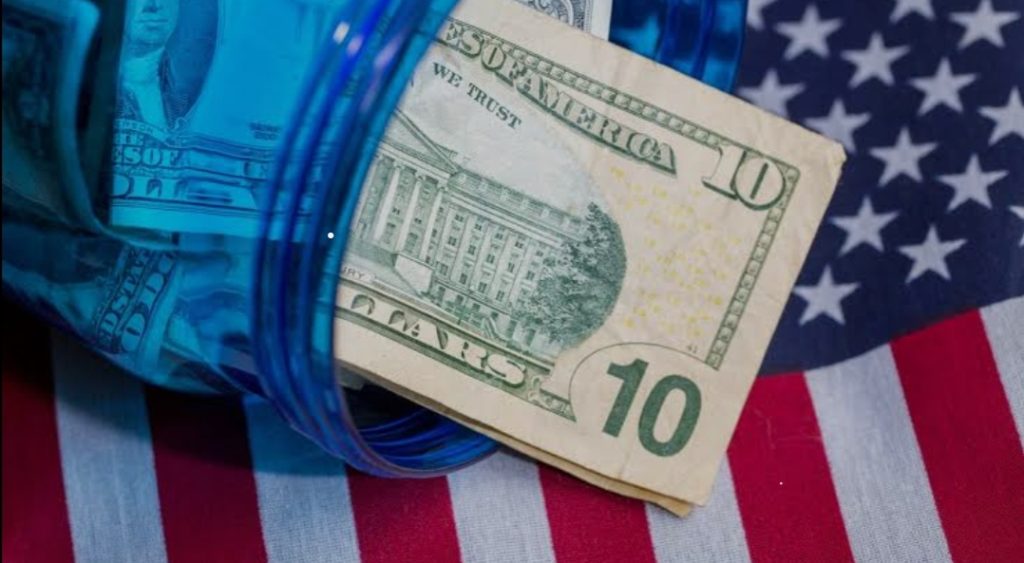As we move through April 2025, millions of Americans are checking their calendars and bank accounts, wondering, “When exactly is my Social Security payment coming this month?” Whether you’re retired, disabled, or receiving survivor benefits, knowing your exact payment date can help you stay on top of bills and plan ahead.
Here’s a breakdown of this month’s payment schedule, what’s changed since the start of the year, and what big updates are on the horizon.
When to Expect Your Social Security Payment in April
The Social Security Administration sticks to a pretty steady payment schedule each month, but your specific date depends on two main things: when your birthday falls, and when you first started getting benefits.
Here’s how it lines up for April 2025:
-
April 3: This date is for people who’ve been getting Social Security since before May 1997. If that’s you, your payment arrives right at the beginning of the month.
-
April 9: If your birthday lands between the 1st and 10th of any month, your check is coming on the second Wednesday of April.
-
April 16: Birthdays between the 11th and 20th? Your money will be deposited on the third Wednesday.
-
April 23: And if your birthday falls between the 21st and 31st, the fourth Wednesday is your date.
This month, all payment days fall on regular weekdays—no holidays to throw off the schedule.

A Modest Raise: The 2025 COLA Is in Full Effect
If your check seems a bit bigger than it did last year, you’re not imagining things. A 2.5% cost-of-living adjustment (COLA) kicked in back in January to help offset rising prices.
On average, monthly retirement benefits rose by about $50, with the typical check increasing from around $1,976 to $2,026. It’s not a huge bump, but for many, every dollar helps.
This increase applies across the board—for retirees, SSDI recipients, and even those getting survivor benefits. You don’t need to do anything to receive the COLA. It’s applied automatically.
Huge Win for Public Sector Workers: WEP and GPO Repealed
One of the biggest changes this year came from the Social Security Fairness Act, passed in late 2023 and now in full swing. This law repealed two controversial rules—the Windfall Elimination Provision (WEP) and the Government Pension Offset (GPO)—that had reduced benefits for millions of retired teachers, police officers, and other public servants who also had pensions from non-Social Security-covered jobs.
Now, more than 3 million people are seeing their benefits fully restored, and many have already received retroactive payments. Some are getting back pay totaling thousands of dollars—money they were previously denied.
If you think you might qualify under this new rule, it’s a good idea to call the Social Security office or check your account online to see if your benefits are being adjusted.
Paper Checks Are Being Phased Out—Here’s What You Need to Know
The SSA is making a major shift: by September 30, 2025, paper checks will be a thing of the past. If you’re still getting your payment by mail, you’ll need to switch to direct deposit, a prepaid debit card, or another digital option.
This change is all about security and speed. Digital payments are faster, more reliable, and way less likely to get lost or delayed.
Worried about making the switch? The SSA offers help online and by phone, and they’ll walk you through how to set everything up.
What About SSI Payments?
If you receive Supplemental Security Income (SSI), your April payment came on April 1. But here’s something important to know about next month: SSI recipients will actually get two payments in May—on May 1 and again on May 30. That’s because June 1 falls on a weekend, so the June payment is being bumped up.
Just remember, that second payment in May is for June, not a bonus.
Don’t Forget to Keep Your Info Updated
If you’ve recently moved, changed banks, or just haven’t checked your Social Security account in a while, now’s the time. Make sure your details are correct so your payments arrive without a hitch. You can manage your info through your personal “my Social Security” account at SSA.gov.
And if a payment ever seems late, give it a few days. The SSA recommends waiting three business days after your expected deposit date before reaching out.


